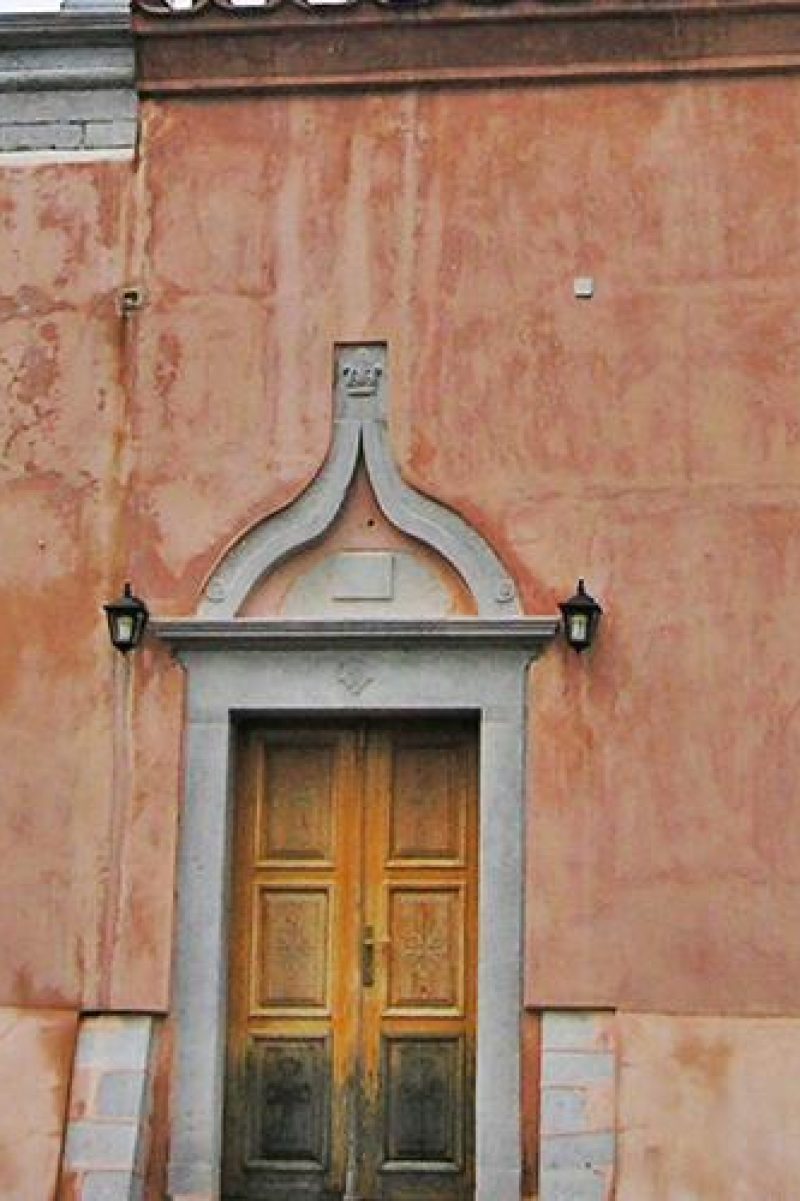

14°C
Kroutstallenia Monastery, dedicated to the Virgin Mary, was already in existence during the 2nd Byzantine era of Crete (961-1204). Its history is closely linked with the history of the plateau of Lassithi and, according to certain sources, it was a centre for the concentration of revolutionaries against the Venetians.
However, between 1293 and 1543, the Venetians decided to abandon the plateau, so the monastery became deserted as well, before becoming operational again in 1543 when it was renovated by Peloponnesian refugees.
The Monastery suffered great destruction and many raids during the revolutions of 1821 and 1866, with its architectural form changing to the point that the present-day buildings have nothing to do with its old form, as most had to be rebuilt.
Second Byzantine Period, Venetian Period
For the Rural Greece accessibility is fundamental to enhancing an inclusive tourism experience. Following the principles of inclusion and equality, the epaithros Rural Tourism Network and its member businesses are constantly working to enhance the tourism services provided, ensuring that all visitors have the opportunity to experience the authentic beauty of the Greek countryside.
Sustainability in tourism refers to a way of developing tourism that respects and protects the environment while strengthening the local economy and preserving cultural traditions. The aim of sustainable tourism is to provide unique and authentic experiences for visitors without harming the natural and social environment, while ensuring that local communities benefit from tourism activity.
This type of tourism is based on three pillars:
With sustainable tourism, visitors can have authentic experiences, knowing that the impact of tourism on the region is positive and lasting for future generations.
For Rural Greece, localism is one of the most important factors for the development of sustainable tourism, as it promotes a strong link between the tourism product and the local society, economy and culture. Through localism, visitors get the opportunity to explore authentic elements of the destination, such as local products, traditions and culture. This not only boosts the local economy, but also helps to sustain and strengthen local businesses, creating new jobs and supporting the development of local communities.
Furthermore, localism contributes to the sustainability of the tourism sector, as it reduces the use of resources from other regions and encourages the use of local goods and services, reducing the ecological footprint of tourism activities. Thus, integrating localism into tourism practices enhances sustainability awareness, both among visitors and local businesses, creating a more responsible and sustainable tourism destination.